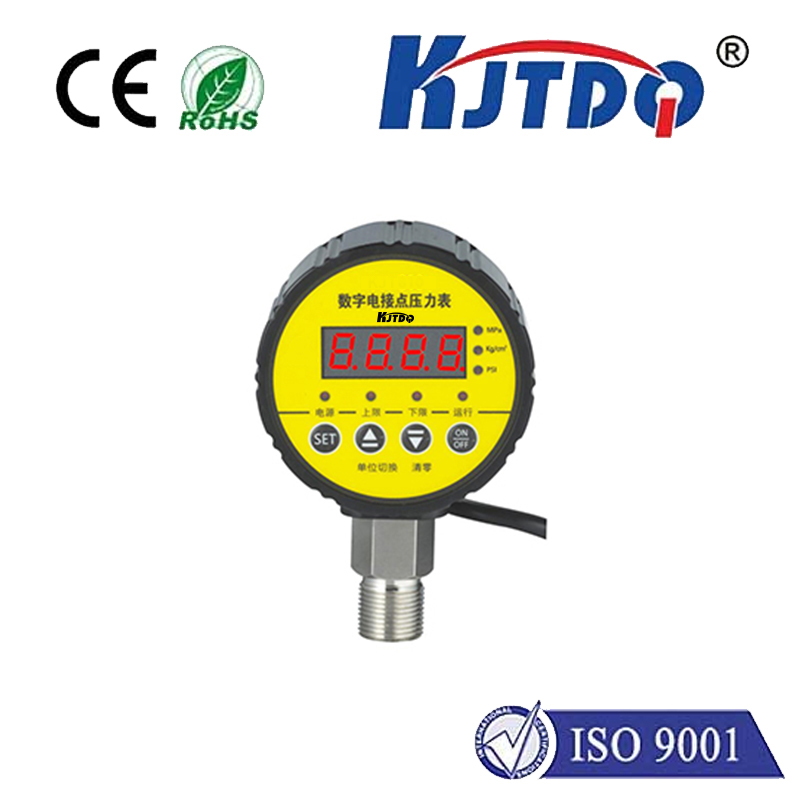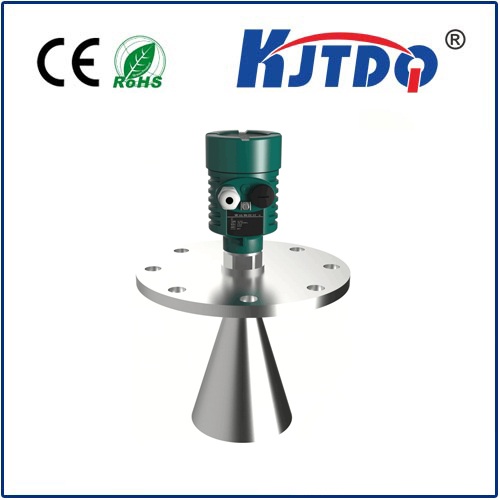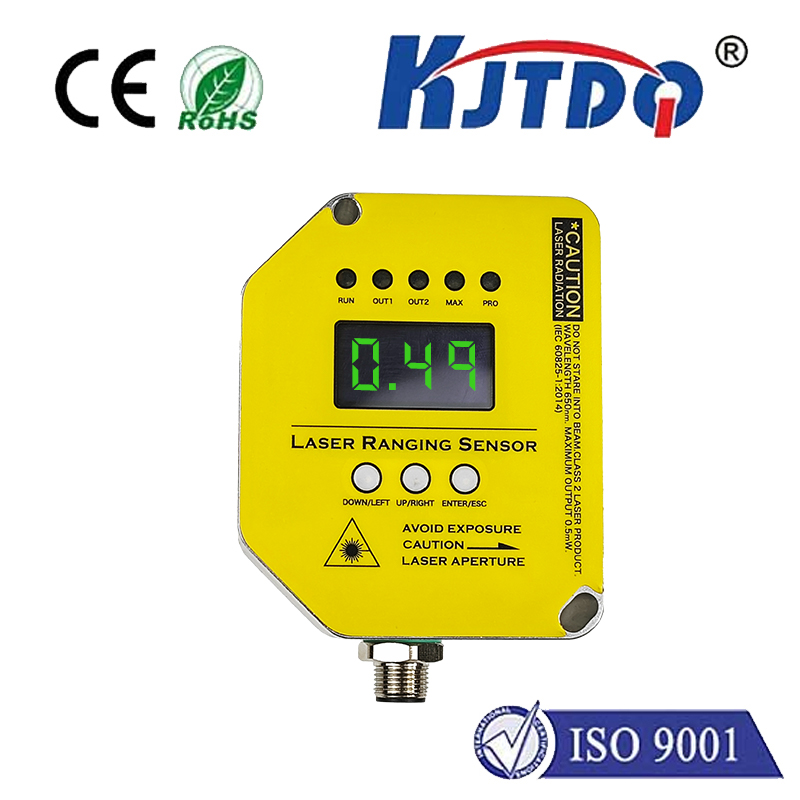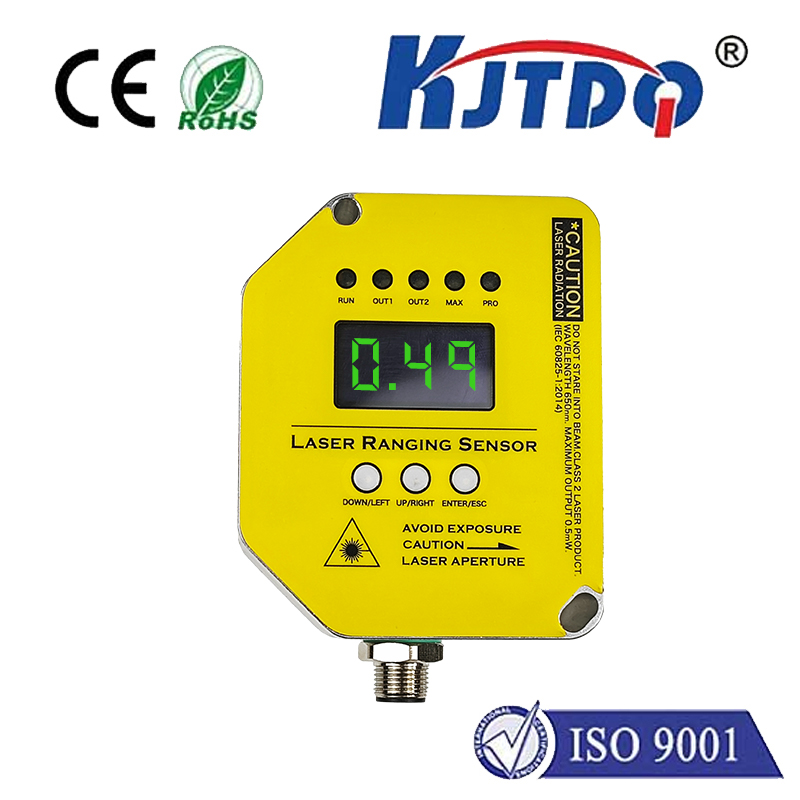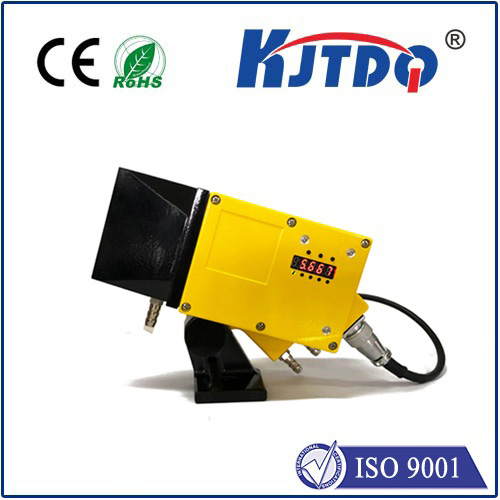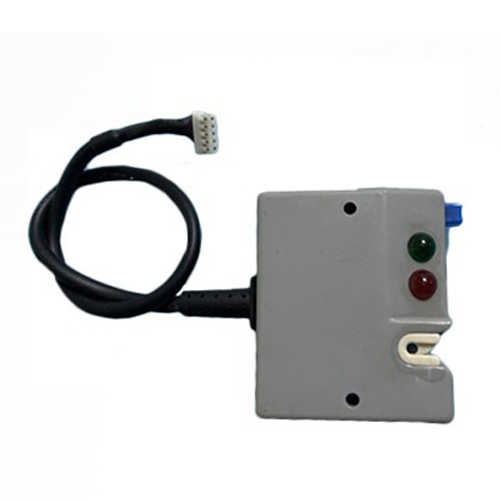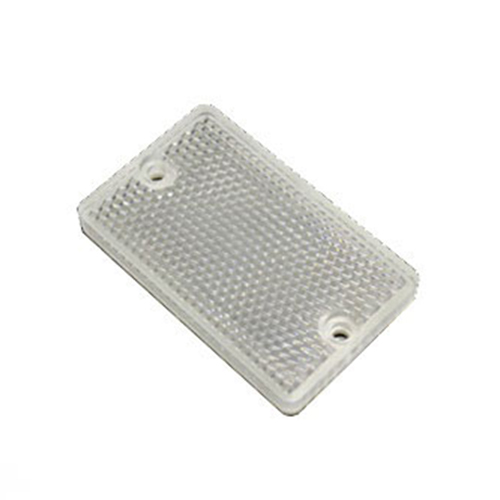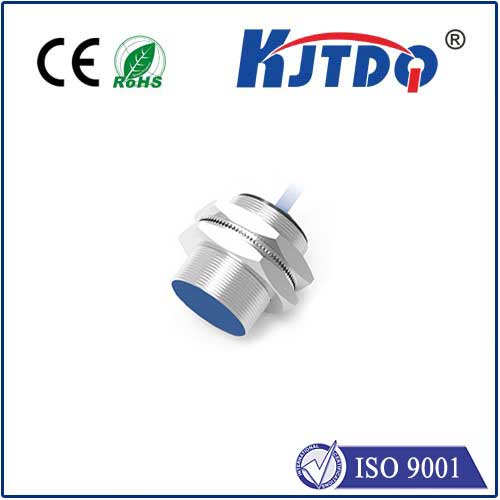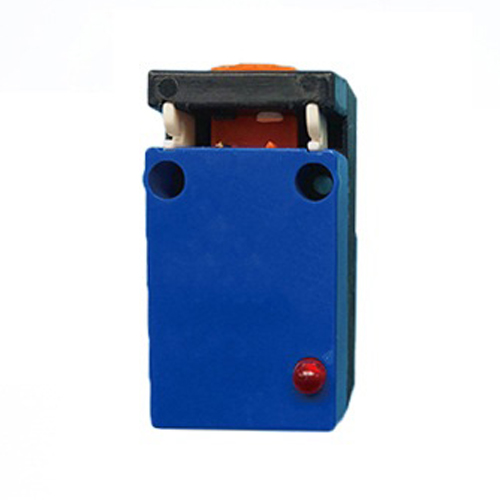датчик незащищенного сближения
- time:2025-07-20 08:09:53
- Нажмите:0
Unlocking Potential: Navigating the Strengths and Nuances of Unshielded Proximity Sensors
Ever wondered how automated doors seem to magically know you’re approaching without touch? Or how complex assembly lines detect components with millimetric precision? Often, the unsung heroes enabling this contactless detection are unshielded proximity sensors. While perhaps less discussed than their shielded counterparts, these sensors hold distinct advantages and specific operational characteristics crucial for numerous demanding applications. Understanding their core principles, benefits, and critical considerations is key to harnessing their full potential in industrial, automation, and robotics environments.
Defining the Unshielded Sensor
At its heart, a proximity sensor detects the presence or absence of a target object without physical contact, typically using electromagnetic fields (inductive type for metals), capacitive fields, or photoelectric principles. The term “unshielded” (or “non-shielded”) specifically refers to the design of inductive proximity sensors.
- Shielded Sensors: These incorporate an internal metal ring (ferrite core) surrounding the sensing coil. This shield focuses the electromagnetic field radially forward from the sensor face, minimizing side radiation. This allows for flush mounting in metal, as the shield prevents the surrounding metal from influencing the sensor’s operation.
- Unshielded Sensors: These lack this internal shielding ring. As a result, their electromagnetic field radiates both forward and laterally from the sides of the sensor coil. This wider field pattern is the defining characteristic.
Core Distinction: The Sensing Field Behavior
The absence of shielding fundamentally changes how the sensor interacts with its environment:
- Larger Sensing Range (Nominal Range - Sn): Unshielded sensors typically offer a significantly longer nominal sensing range (Sn) compared to shielded sensors of the same size and technology. The lack of containment allows the magnetic field to project further into the surrounding space. This increased detection distance is often a primary reason for choosing an unshielded design.
- Enhanced Sensitivity: The wider field cone inherently makes unshielded sensors more sensitive. They can detect smaller targets or targets made from less responsive metals at greater distances than shielded sensors might manage.
- Lateral Sensitivity (The Trade-off): Here lies the critical consideration. While the wide field enables longer range and higher sensitivity, it also means the sensor is sensitive to metal objects approaching from the sides. Surrounding metal structures, mounting brackets, nuts, bolts, or even adjacent equipment can potentially trigger false detections if they encroach within the lateral detection zone.
- Mounting Requirements: Because of this lateral sensitivity, unshielded sensors demand careful mounting. They generally require a specific amount of clearance (free space) around their barrel, especially radially, to prevent interference from the mounting structure itself. Manufacturer datasheets specify the required “metal-free zone” diameter for reliable operation. Attempting flush mounting in metal without this clearance will almost certainly cause malfunction or drastically reduced sensing range.
Strategic Advantages: When Unshielded Shines
Why choose a sensor that demands more careful installation? The benefits are compelling in the right scenarios:
- Longer Detection Distances: Applications requiring sensing at a greater stand-off distance benefit immensely. Examples include detecting large machinery components on a wide conveyor, sensing pallets from a distance before they enter a processing station, or monitoring tool presence on large CNC machines where sensor mounting positions are limited.
- Smaller Target Detection: The enhanced sensitivity allows unshielded sensors to reliably detect very small metal parts, thin wires, or small fasteners that shielded sensors might miss, particularly at the limits of their range.
- Detecting Less Responsive Metals: Certain metals, like stainless steel (especially non-ferritic grades), brass, or aluminum, have lower permeability than mild steel. An unshielded sensor’s stronger and wider field often provides better detection performance for these challenging targets.
- Cost-Effectiveness (Potentially): While not always a rule, the simpler internal design (lacking the shielding assembly) can sometimes make unshielded sensors slightly more economical, particularly for larger sizes.
Crucial Considerations: Navigating the Trade-offs
Harnessing the power of unshielded proximity sensors requires respecting their inherent characteristics:
- Mandatory Mounting Clearance: This cannot be overstated. Failure to provide the specified radial clearance around the sensor barrel will lead to unreliable operation. Always consult the datasheet and design mounting points accordingly, using non-metallic brackets or stand-offs if necessary.
- Susceptibility to Metal Interference: Be vigilant about the sensor’s environment. Nearby moving machinery, loose metal debris, conductive liquids, or even dense clusters of wiring could potentially influence an unshielded sensor. Careful positioning and guarding are essential.
- Not for Flush Metal Mounting: If your application requires the sensor head to be embedded flush within a metal panel or structure, an unshielded sensor is not suitable. A shielded sensor is the mandatory choice here.
- Potential for Cross-Talk: Installing multiple unshielded sensors very close together can lead to mutual interference due to overlapping lateral fields. Maintaining adequate spacing between sensors is necessary.
Prime Applications: Where Unshielded Proximity Sensors Excel
Understanding their strengths and requirements highlights ideal use cases:
- Robotics & Automation: Detecting end-effector position, tool changes, or the presence of components on wide robotic arms where sensor mounting points are away from metal frameworks.
- Перевозка материалов: Monitoring pallet movement on wide conveyors, detecting bales or large packages, confirming bin levels where longer reach is needed.
- Machinery & CNC: Verifying chuck/jaw positions on large lathes, detecting tool presence in carousels spaced far apart, monitoring slide positions where clearance exists.
- Packaging: Counting cans or bottles on high-speed lines (often using small metallic elements), detecting foil seals or metallic packaging components at a distance.
- Detection of Challenging Targets: Reliably sensing stainless steel bolts, thin metal sheets, fine wire meshes, or conductive coatings where maximum sensitivity is paramount.
Выводы: Unshielded proximity sensors are powerful tools characterized by their longer sensing range and heightened sensitivity. Their unique electromagnetic field profile provides distinct advantages for detecting distant or smaller metallic targets, particularly in applications where sufficient mounting clearance can be guaranteed. Successfully deploying them hinges on meticulous attention to installation requirements, particularly the critical need to avoid lateral metal interference. By carefully weighing their strengths against the necessary environmental considerations, engineers can leverage unshielded proximity sensors to unlock sophisticated, reliable, and long-range non-contact detection solutions across a spectrum of demanding industrial scenarios. Selecting the right sensor type – shielded or unshielded – remains paramount, dictated by the specific operational constraints and performance demands of the application.
